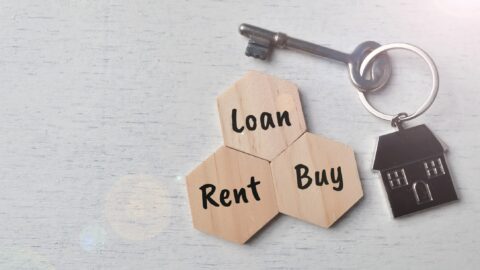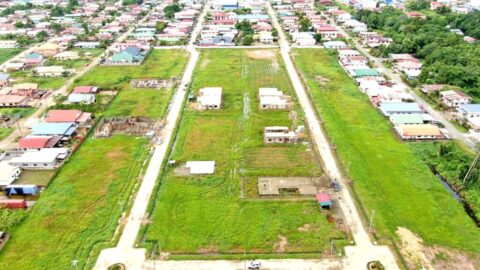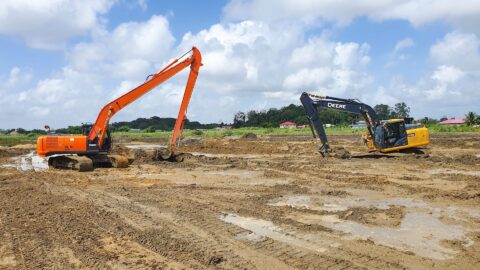The valuation of bare ownership in land conversion.
By State Decree of March 21, 2023, the ground rent rates have been adjusted. The old tariffs were outdated and the administrative costs of collecting them did not outweigh the revenues. In addition, all arrears for the ground rent allowance have been waived until July 1, 2021.
The revised ground rent fee casts a new perspective on the valuation of bare ownership. As a diligent steward, the State must now consider what the conversion costs would be and whether this is financially justified. The state will have to investigate what return can be achieved on conversion compared to the return it currently receives from the land rent fees. The land tenant pays the State SRD 20,000 per hectare per month, as stipulated in the State Decree. This decision has led to a significant change in the annual revenue generated by the State from the land rent fees.
Increase in the value of bare property:
The increase in the land rent fee has led to a significant increase in the revenue for the State from the letting of land leases. This increase in income indicates that the bare ownership of land leases issued for building and residential purposes has increased in value. The fact is that land tenants will now have to pay significantly higher amounts for the ground tenancy right, which will reduce the value of the ground tenancy right. Because the State generates more revenue through the increase in the fee, its bare property has increased in value.
In short, the State Decree has led to significant changes in the State’s revenue and has also changed the value of bare ownership of land rent plots depending on their use.
What is the value of the bare property:
There are several formulas that can be used to calculate the value, but for now I won’t go into them any further. I am of the opinion that the calculation of the value of land rent right is not done correctly. An example of this is the clapper value, which gives an equivalent value to the ground lease right and the BW property.
The government’s policy decision in this situation revolves around striking a balance between short-term direct revenue and maintaining stable long-term revenue. High conversion costs can lead to a significant number of people abandoning the conversion, which can result in limited direct revenue for the government.
On the other hand, reducing conversion costs can make more people willing to switch to ownership, which can lead to a one-time uptick in revenue for the government. But this can be at the expense of the annual stable rental income. The final decision depends on the government’s broader policy objectives, economic conditions, popular desires, and other relevant factors.















